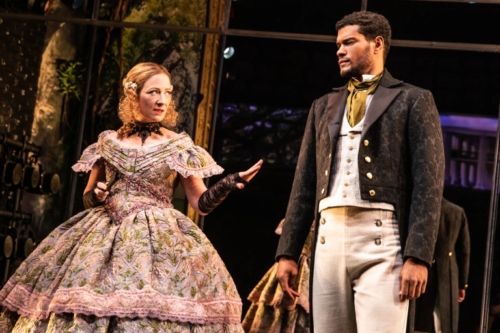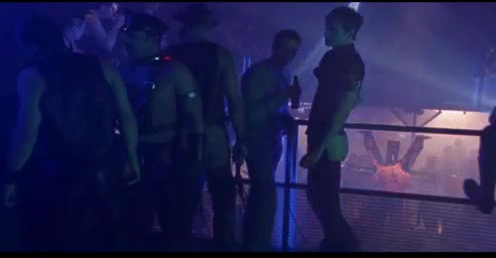Hooven, Valentine. 1997. Tom of Finland: his life and times. New York: St Martin’s Press.
One thing I’ve been curious about in the life of Touko Laaksonen, better known the world over as Tom of Finland, is did he participate in BDSM?
Hooven’s 1993 biography explores the deeply closeted, all-male, outdoors world that formed Laaksonen’s sexuality. There were a handful of bars and cafes in 1940s and 1950s Finland that catered to gay men, but they upheld a culture of effeminacy he didn’t care for. (Hooven makes the point that the “queen” stereotype was a way of asserting gay identity publicly in decades past.) His way to be gay was to partake in furtive, anonymous, nighttime encounters in parks, bus stations and the like.
Continue reading »




